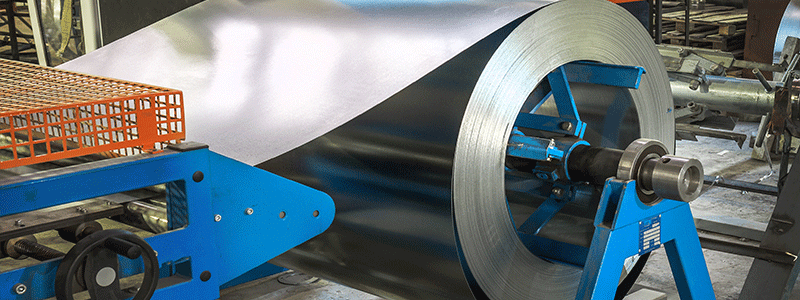Galvanized steel is created through a process by which zinc is bonded to the iron in steel either through the process of bathing steel in molten zinc or submitting it to an electrolytic process where the zinc is bonded to the steel. In the end of both processes, the galvanized steel which is produced becomes resistant to corrosion caused by exposure to the elements and the atmosphere and will also be scratch resistant. Sherardizing produces the same product in a much different way, but in the end is still resistant to all the same elements as any other type of galvanized steel is.
Sherardizing. Sherardizing is also called vapor galvanizing or dry galvanizing. The process of Sherardizing involves heating the steel up to a very high temperature. It is then put into a rotating drum which also contains zinc dust and possibly some other filler such as sand. The steel is then rolled in the drum full of zinc at a high temperature where the zinc will then evaporate and diffuse, bonding to the steel and filling in very small crevices.
Galvanizing. Galvanizing steel requires a zinc coating to be applied to the steel in a molten hot bath. It also requires the steel to go through a series of other baths to ensure that the zinc will completely adhere to iron in the steel without any other foreign bodies getting in the way. The zinc then fuses to the iron in the steel and creates a durable coating which will not peel or flake, and the finished galvanized steel can then be turned into a finished product which is completely protected from corrosion.
While Sherardizing produces a more complete zinc coverage than galvanizing, it is limited to smaller parts. It all depends on the size of the barrel the Sherardizing is occurring in. On the other hand, hot dip galvanizing or electro galvanizing can occur on a much larger scale and will produce a coating which covers just about as well as Sherardized steel.

